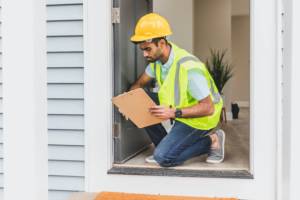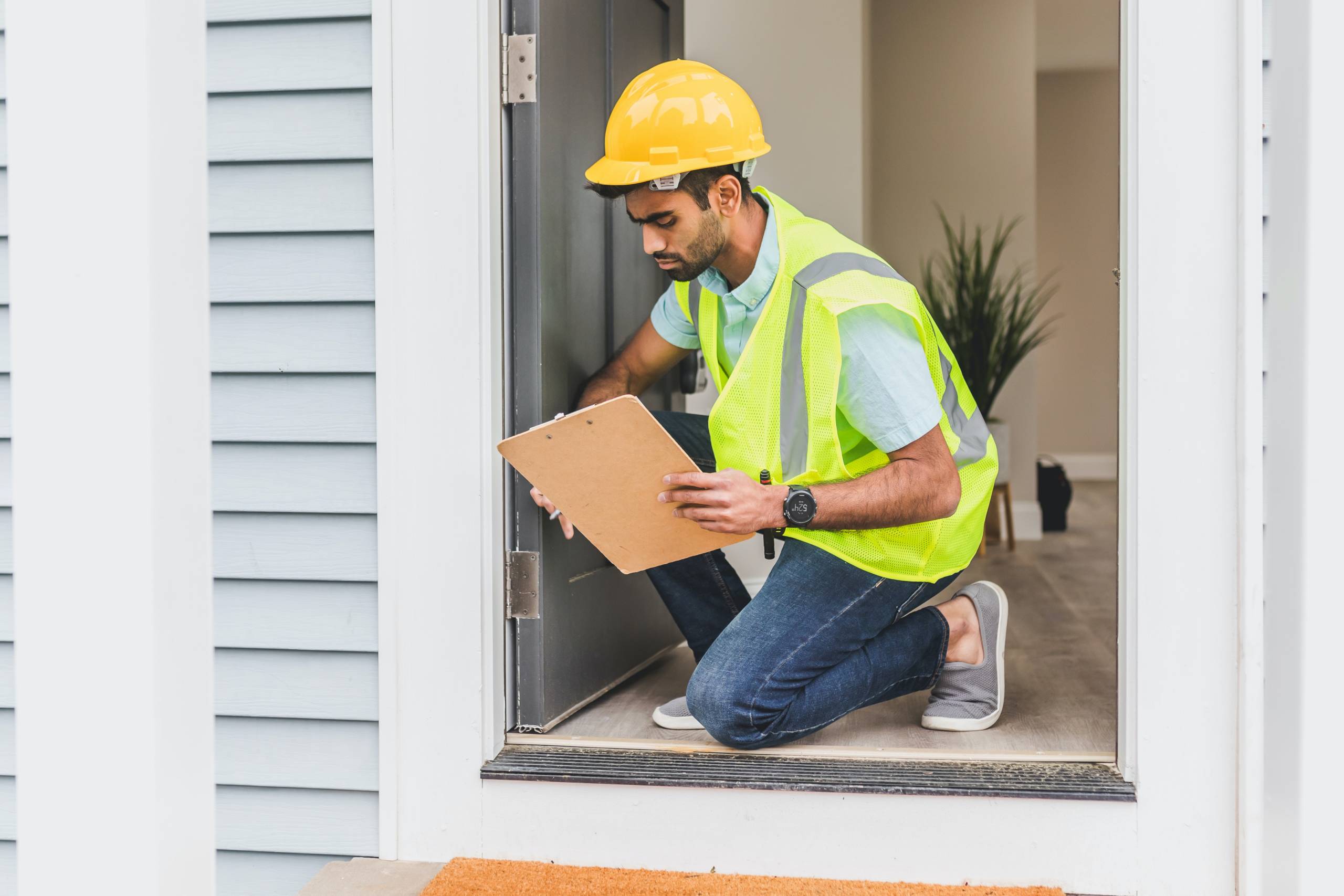Things to Check During a House Inspection
While the pictures of a new house for sale listing may be flawless, it is always wise to go on a house inspection in Australia. For that, you will need a solid housing inspection checklist that’s part of the buying process to ensure you get the best that Toowoomba Real Estate has to offer.
Your House Inspection Checklist
Any property investment will involve a significant amount of money, which is why you need a house inspection. Going on a new home inspection in Australia can be quite an intimidating process which is why you need to know what to look for and where. Keeping that in mind, this is going to be some tips for property investors looking to buy a home in Australia.
1. Check If the Rooms are Big Enough for Your Needs
One of the first things to check when buying a house is the size of its rooms. After all, you’ll be living in it. Given the size of Australia’s landmass and the abundance of space it offers, it is not surprising that many Australians opt to build enormous homes. Surprisingly, growing home construction prices and the dense suburbia population don’t appear to deter current or potential home purchasers from purchasing large, opulent homes. In reality, Australian homes have an average floor area of 214.6m2, surpassing the United States in terms of floor space per person.
The typical room size in Australia varies depending on how the room will be used. As an illustration, a living room will typically be approximately 25 m2, a typical bedroom will be 14 m2, and a kitchen will be 13.5 m2.
2. Check If the Building Is Structurally Sound
Another thing to check off your home inspection checklist is the structural integrity of the house. Any residential or commercial structure’s structural integrity is a crucial part of its safety. Imagine for a moment that the engineer, contractor, or architect who created the building overlooked a vital requirement or condition. An architect who constructed a library is the subject of a well-known tale of structural integrity failure. The structure was stunning, but the weight of the books caused it to sink a few inches every year. The books, a critical component and requirement of the property, had not been taken into account by the architect. It eventually had to be demolished and rebuilt, which cost hundreds of thousands of dollars.
A house’s structural integrity refers to its capacity to keep up its shape over time without buckling, cracking, or collapsing. Today, we know a lot more about materials and their individual strengths than we did 20, 50, or 100 years ago. Experts can evaluate the condition of a foundation, load-bearing beams, and other structural elements of a home. Your home’s structural wood or metal may have been stretching, growing more strained, and becoming more flimsy.
3. Check for Water Stains, Corrosion and Mould
Try to check the walls for any evidence of water leaks or moisture intrusion, especially close to showers and bathtubs. Although not a structural flaw, this can be expensive to rectify. Possible damage concealed within a home’s walls might be more difficult to find than outward water damage, which is often fairly straightforward to discover with a visual check. Make sure your inspector takes the extra steps of using an infrared camera to identify water damage that occurs beneath the surface of a property in order to guarantee that your home is free from water damage that might result in mouldy walls.
4. Check the Plumbing
Stormwater that is not properly drained and unable to escape might cause serious mould problems. The downpipes shouldn’t merely drain into the yard; they should be linked to the stormwater system correctly. If the home is constructed on piers, the underfloor vents all around it should be free of garden mulch and elevated enough to allow for adequate ventilation.
The property’s water and drain pipes are the first items you should inspect. These two relatively easy tests can disclose a lot about the plumbing despite their simplicity. First, look for rust in the drain since, while uncommon, it can lead to issues. Second, ensure there are no leaks or discolouration in the exposed water lines, such as those in the kitchen beneath the sink. Additionally, it is vital to check the drainage. Simply turn on the faucets and make sure the drainage speed is appropriate.
5. Check the Parking
Depending on the type of vehicle you have or how many, be sure that the garage of the house you are about to buy is big enough to accommodate your vehicle. For this, check the garage’s height and depth. Once you’ve bought the house, it might be a rude surprise to learn that you can’t put your vehicle and anything else you want there.
6. Check the Doors, Windows, and Locks
Another crucial factor to consider on your housing inspection for real estate is the doors and windows of the home – and don’t forget the locks too. Listen to the door as you enter the house you are inspecting and pay attention to how it swings.
- Is it squeaky?
- Was it necessary for the realtor to lift their shoulder to open the door?
- Do the windows open quickly, or do you have to work at it?
Test each window and door to see which could require future maintenance or replacement as you travel through the house. Having replacement windows or doors in mind before you buy will save you money in the long run compared to waiting a few months.
7. Check the Floor and the Tiles
Some purchasers get the chills just by hearing the word “termites.” Termites adore damp environments and new wood. Although it can be challenging to detect if termites have been eating away at the interior of timber frames, some telltale symptoms include extremely bouncy flooring.
Subfloors that are covered in carpet, tile, or laminate can pose extra problems if they are not thoroughly inspected, in addition to the regular inspection of flooring that is visible. Prospective homebuyers can use their feet to feel for weak points in subfloors where the wood is present, or they can use their noses to sniff for any musty or mouldy odours that can be a sign that the wood has rotted.
8. Check Inside the Cabinets In All Wet Areas
All cabinets should be opened to check for mildew, mould, or moisture. Any wet odours might be a sign of growing damp or water leaks, which is why it should be one of the top priorities of a house inspection checklist.
9. Check the Electrical Outlets
There are a few particular systems to watch out for. One is a form of an electrical system known as knob and tube wiring, or K&T, which is typically seen in residences built between roughly 1880 and the 1930s.
This style of this electrical system is typically underground, which increases the risk of electric shock. A Federal Pacific Electric panel should also be on the lookout for because when circuit breakers on those systems trip, it frequently results in overheating and fire.
10. Check the Internal Wall Plastering for Fine Cracks
More than 10-millimeter fissures in the walls or ceilings may indicate reactive soils and severe foundation movement. Many homes are constructed on clay soils, which can lead to cracks, although occasionally they might be slight and not cause for alarm. If they are an issue, a skilled construction inspector will be able to tell you.
11. Check the External Roof Lines
Home roof issues, whether obvious or not, can cost a lot of money. To avoid future pain, you should carefully inspect the roof of the property you’re considering purchasing. In locations that are prone to cyclones, roof issues might get worse. Without sufficient bracing, support, and security, the frames risk collapsing or even peeling away in the wind. As the wind might generate uplift beneath and cause the roof to separate from the walls, look to see whether there is a significant overhang.
12. Check the Rooms with Lights Off for Natural Light
Try to visit the property at its worst time if possible, as a smart agent will plan the inspection time to maximise light. Typically, agents will turn on every light in the house so that there is as much light as possible during inspections. Choose homes with lots of natural light, and make use of any vistas or neighbourhood outlooks.
Conclusion
So, the next time you find houses for sale, keep the aforementioned house inspection tips in mind when buying real estate in Australia. When it comes to the things to check when buying a home, this Housing inspection checklist covers just about all areas of a home that matter.




